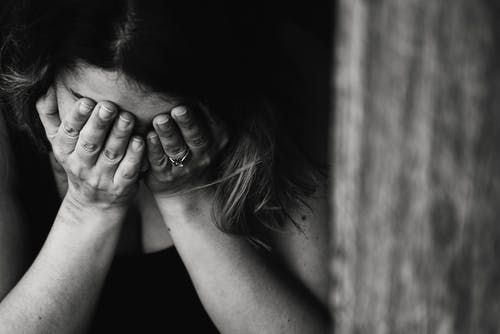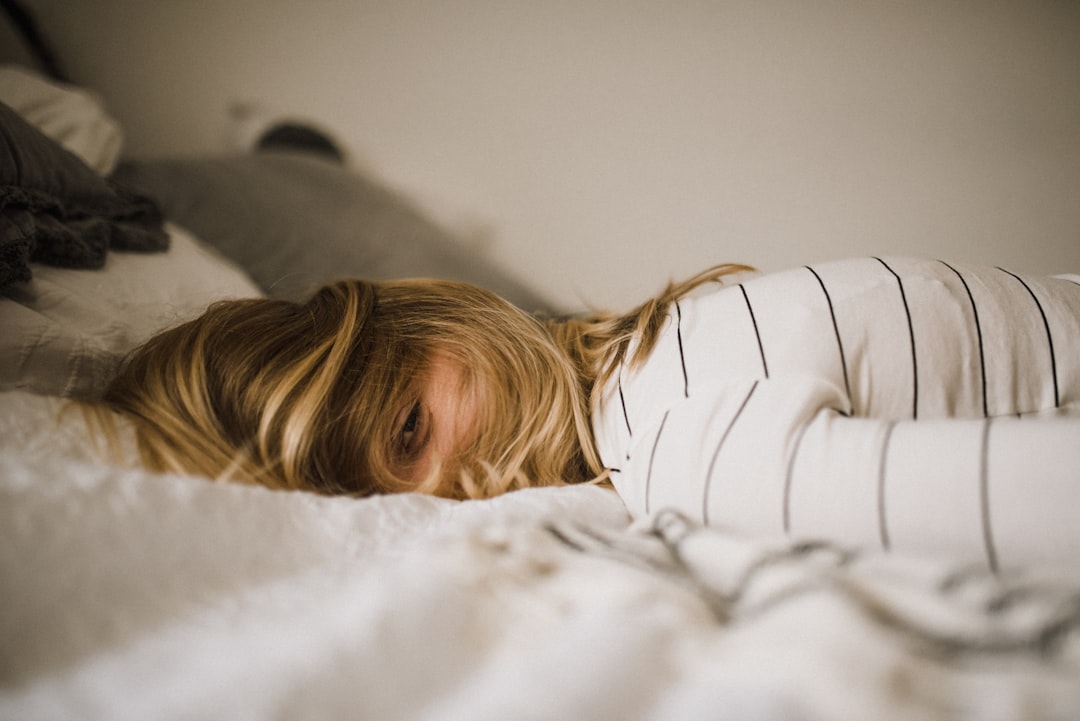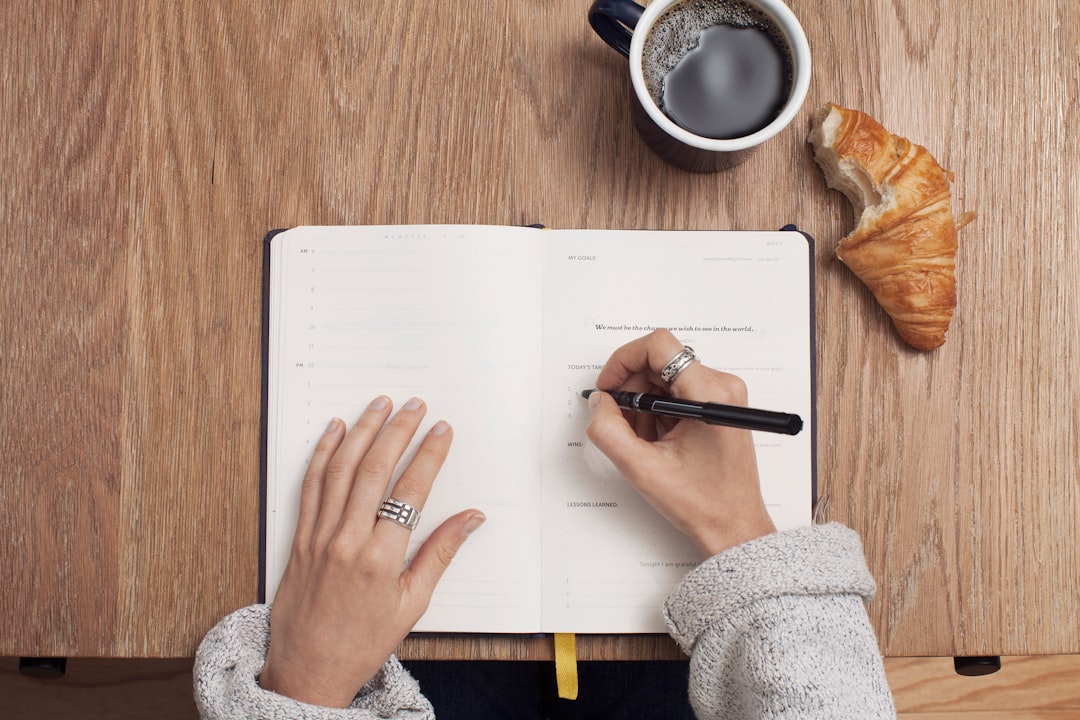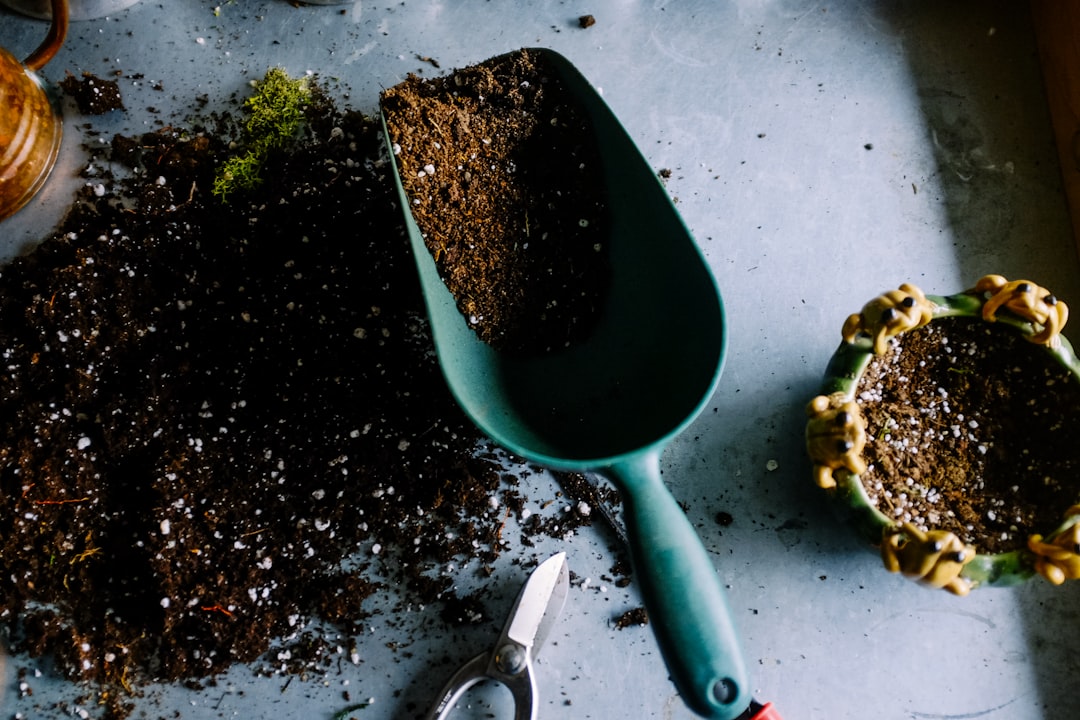We all have stress. And while the cause and amount of stress is different for each of us, it’s a very normal part of life.
While some stress is normal and healthy, those who suffer chronic stress can experience problems with immune, digestive, cardiovascular, sleep, and reproductive systems, obesity, diabetes, skin conditions, anxiety and depression.

Stress Can Hit Hard
Did you Know?
43% of all adults suffer adverse health effects from stress.
75-90% of all doctor's office visits are for stress-related illnesses and complaints.
The Occupational Safety and Health Administration (OSHA) declared stress a hazard of the workplace. Stress costs American industry more than $300 billion annually.
(According to source: CDC)

The good news that you can make simple changes that will allow you to better manage the stress in your life. This byte will focus on how you can use structure and routine to reduce the negative impact of stress.
Structure and Routine Matter
Researchers have found that routine can have far-reaching psychological benefits, including easing bipolar disorder, ADHD, and insomnia.
- Headspace.com

Modern life can be unpredictable. By establishing routine in our day, we are able to increase our sense of stability and better handle the unknowns that are thrown at us.
Establishing a Routine - Step 1

Step 1: What are you already doing?
Find some time to sit down and look at the tasks and activities you already do on a regular basis. Do you brush your teeth first thing? Grocery shop on Saturdays? Walk the dog after work?
By establishing what you already do, you can see where your routine is working, and where its not.
Establishing a Routine - Step 2

Step 2: What can you add and take away?
Now that you've established what you're already doing, take a look at what's working, and what's not.
Are you staying up late and often feel tired throughout the day? Maybe shift your bedtime to be a bit earlier.
Need an energy boost? Look for an opening when you can add in a quick walk or workout.
Love cooking? Make it a priority to keep time in your schedule to make homemade meals.
Establishing a Routine - Step 3

Step 3: Regularly evaluate your routines
Research shows it takes about 2 months before a routine becomes habit. So, if you've added something new to your routine, give it some time to see if its working.
Be sure to regularly check in with yourself to see if your new routine is working for you. Notice when bad habits begin to come back. Check in to see if your actions are aligned with your true priorities.
Quiz
Which is not a step to establish a routine?
Stress Busters to Improve Your Routine
Stress busters are quick activities (10 minutes or less!) that you can include in your daily routine to help reduce stress and add joy to your life.
Stress busters to try:
A quick workout (High-Intensity-Internal-Training is great!)
Choose one room to tidy and declutter everyday for a week
Gratitude journaling - write down 1-2 things you're grateful for everyday
Meditating - Headspace.com has some great (and free!) meditation exercises
Easy Gardening - try pulling some weeds out around your flower beds
Spend some time doodling

Take Action
Stress affects everyone. It can have grave impacts on our mental and physical health as well as our relationships and abilities to succeed in the working world.
By adding routine and schedule into our daily lives, we are able to better control the level of stress we experience.
Make a commitment based on what you've learned today. Will you try:
Writing down your routine?
Cutting tasks that cause you stress?
Adding in stress busters into your day?
Your feedback matters to us.
This Byte helped me better understand the topic.
